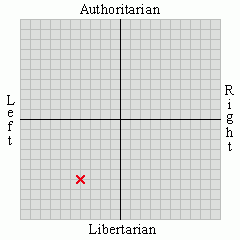You can read about the history of aerial refueling on the web, if you like, for I'm not going to delve into that. If you read them, you may notice that after the endurance flights of the 1920s, aerial refueling was not widely used until jets came into service after World War II.
I think there were a few reasons for that.
First off, the wings of swept winged aircraft are very inefficient at low speeds. Since you have to make more lift than the weight of the airplane, one way to get the airplane off the ground faster is to make it lighter. You can do that by leaving some of the load on the ground, so by aerial refueling, you can fly the airplane off in a shorter distance.
This is not a small consideration. If you look at the runway length on some of the former Air Force bases, you find very long runways. Portsmouth, NH, Newburgh, NY and Chicopee, MA (the former Pease, Stewart and Westover AFBs) all have runways over 11,000' long . Few airports that were built for civilian use have longer runways; O'Hare and LAX have slightly longer runways and JFK has one runway that is 14,500' long.
So you can take a less-heavily loaded airplane into the air and then top it off. One example of this was the SR-71, which, if the anecdotal stories are correct, loaded up from the tankers soon after takeoff.
Second, if you carry less fuel and then refuel along the way, you can replace the weight of fuel that you would have carried with other things, such as bombs.
Third, jet engines, especially the early jet engines, are notoriously thirsty. Without refueling, the early models of jet bombers would not have been able to hit distant targets. Even so, the unspoken fact of the strategic bombing force was that the Air Force relied on a propeller-driven bomber for true strategic taskings, the B-36, until the B-52 entered service.
Fourth, jet fuel is not as volatile as gasoline. (There is not that great of a difference between jet fuel (Jet A, JP-5), diesel fuel and, for that matter, home heating oil.) Gasoline has a flash point of -40degF while jet fuel has a flash point of 100degF. (The fire point, where a flash becomes a fire, is a tad bit higher, but flash point is a good yardstick.) If you have a leak in flight from the tanks or the piping and you are carrying gasoline, one spark will turn the airplane into a fireball. You certainly do want to be careful when dealing with a jet fuel leak, but it is just not as hazardous to deal with. This is also why the carrier Navy was very happy when the Hoover (S-3) replaced the Stoof (S-2F), which was the last carrier-based piston-engined aircraft in the inventory.
(You might also note that JP-4, which is a gasoline-based jet fuel, is not used by the Navy, because of the risk of fires. JP-4 has a flash-point of about 0degF.)
Monday, November 19, 2007
Subscribe to:
Post Comments (Atom)











No comments:
Post a Comment